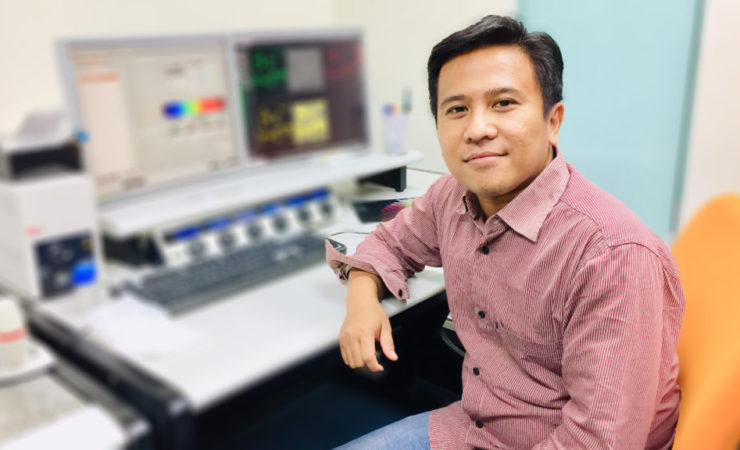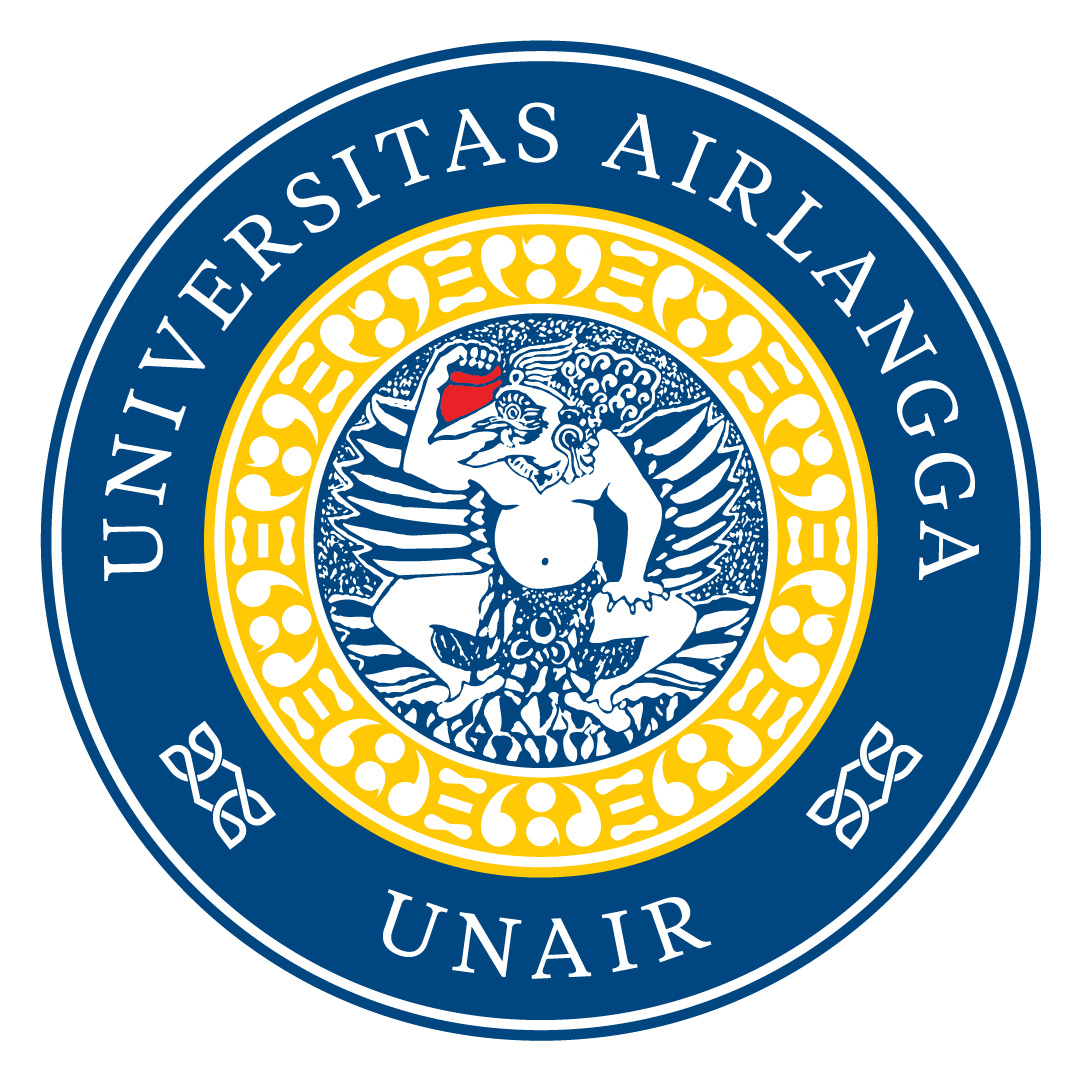Can Industrial Oxygen Become Medical Oxygen? Read the Explanation from UNAIR Chemistry Lecturer

Several weeks ago, when COVID cases surged in early July, PT Krakatau Steel (Persero) Tbk supplied oxygen produced by their facilities to hospitals in Jakarta and Banten for COVID-19 patient treatment. Coordinating Minister for Maritime Affairs and Investment, Luhut Binsar Pandjaitan, contacted PT Krakatau Steel (Persero) to procure oxygen for hospitals. Luhut requested Indonesian oxygen producers to convert their products for pharmaceutical use.
Can industrial oxygen be used as medical oxygen?
Mochamad Zakki Fahmi, Chair of the Chemistry Department at Universitas Airlangga (Unair), explained that converting industrial oxygen into medical oxygen is possible because the production processes are similar. He noted that the key difference lies in medical oxygen’s requirement for higher purity levels.
“It is possible. However, the industrial oxygen needs to be purified to reach the purity level required for medical oxygen,” Zakki said when contacted by detikEdu.
Zakki, a Chemistry lecturer at Unair, explained that medical oxygen is designed with high purity levels, making the equipment used in its production more specific.
“Industrial oxygen, on the other hand, doesn’t consider contaminants like particles from the pumping system. For instance, compressors, which act like pumps, use oils for lubrication. In industrial oxygen, this isn’t a concern,” Zakki explained.
He elaborated that converting industrial oxygen to medical oxygen requires ensuring the absence of particulates and reducing components that could introduce particles.
“Medical oxygen must be free from components that could contaminate it, such as special steels that could release particles or mix with oxygen. This is critical,” he added.
Purifying Oxygen
Zakki emphasized that the core of converting industrial oxygen to medical oxygen lies in purifying the oxygen. He highlighted the importance of avoiding bacterial contamination, although the risk is minimal due to high-pressure conditions which typically destroy bacteria.
“For example, the concentration can be increased, and nitrogen and CO2 levels can be filtered out. Physical aspects such as particles from compressors in industrial oxygen can be filtered, and microorganisms and bacteria can also be filtered, resulting in the same quality as medical oxygen,” Zakki clarified.
He explained that failure in filtering out CO2 or nitrogen isn’t significant for healthy individuals but could pose risks when supplying oxygen to patients.
“If the CO2 or nitrogen filters fail, there could be risks in supplying oxygen to patients,” Zakki warned.
He pointed out that particulates are hazardous to patients as they can damage the lungs. Additionally, other microorganisms in the lungs could exacerbate illness or hinder recovery.
“However, these risks are not worth taking,” he emphasized.
Zakki noted that effectively filtering industrial oxygen to meet medical standards with reliable filtration systems could enhance national oxygen supply.
“When we can ensure good filter systems, converting industrial oxygen to medical oxygen is permissible,” Zakki concluded.
Zakki stated that oxygen purification can be achieved through two methods: using oxygen concentrators followed by further purification to achieve 99% purity or directly filtering industrial oxygen through special filters to produce medical-grade oxygen.
“That’s the choice. And it’s permissible when it’s feasible. The advantage is ensuring sufficient oxygen supply in our country,” Zakki affirmed.
Regarding the certification and specific equipment needed, Zakki mentioned that hospitals typically purchase medical oxygen due to its certified quality.
“Normally, hospitals purchase medical oxygen because it comes with certification. It’s rare for healthcare facilities to convert industrial oxygen into medical oxygen to save costs,” Zakki remarked.
Zakki stressed the necessity of specific equipment and certifications to ensure the produced oxygen meets medical standards.
“So far, there’s no new agency for certification. WHO guidelines specify medical oxygen specifications. It’s something new, but oxygen industry professionals understand the system and how to certify medical oxygen quality,” Zakki concluded.

